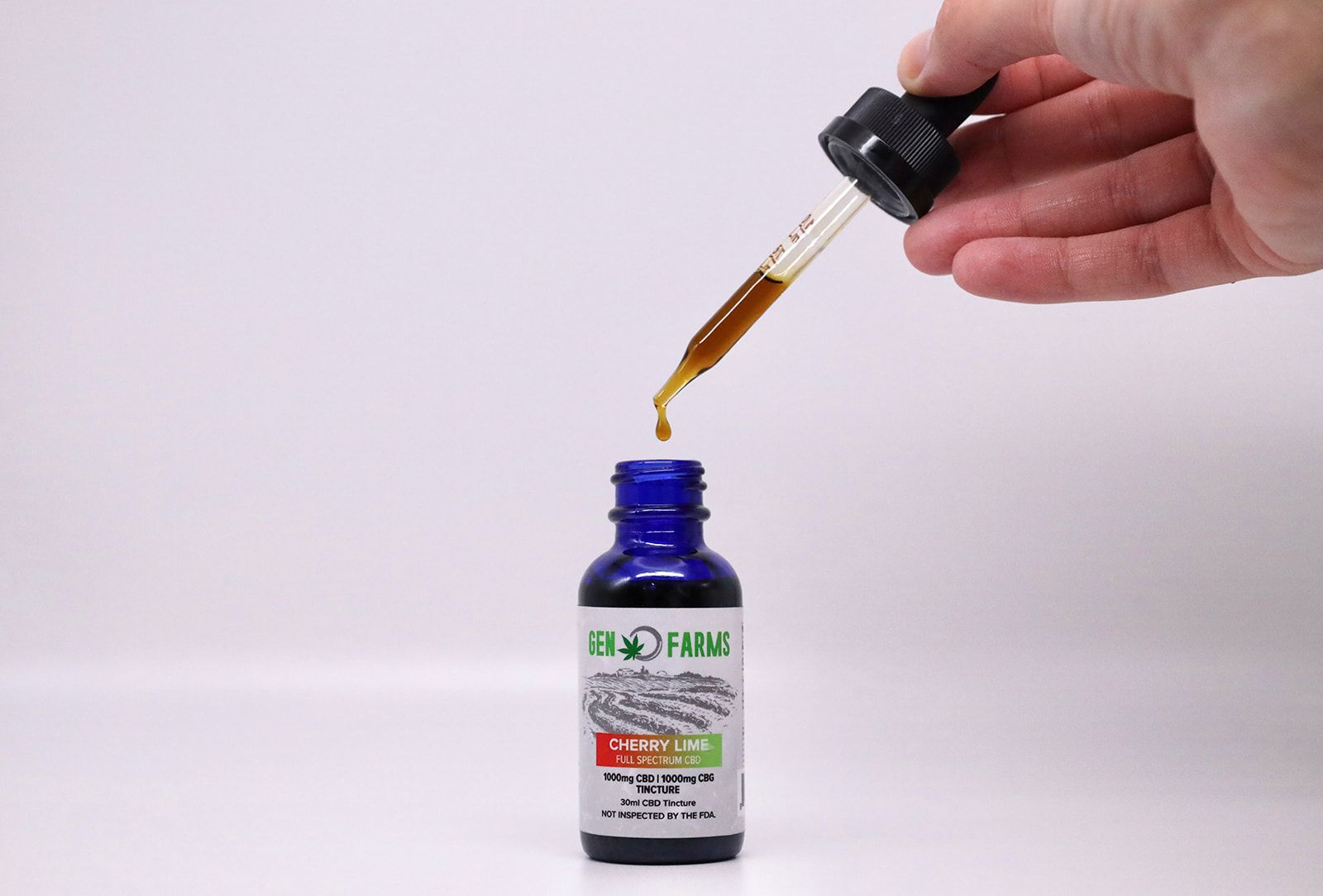Cannabinoids CBG & CBD

CBG, or cannabigerol, is a cannabinoid found in the cannabis plant. It is one of over 100 different cannabinoids found in the plant, and is considered to be a "minor" cannabinoid because it is found in lower concentrations compared to THC and CBD. However, CBG is gaining attention for its potential therapeutic effects, and research is ongoing to better understand its actions in the body.
One key difference between CBG and other cannabinoids is that it is a precursor to THC and CBD. In other words, CBG is the starting compound from which THC and CBD are formed. The CBG molecule is converted into THC or CBD through a process called "cannabinoid synthesis." This process occurs in the plant as it matures, and the ratio of CBG to THC and CBD can vary depending on the strain of cannabis being cultivated.
While THC is known for its psychoactive effects, CBG does not have psychoactive properties. This means that it does not produce the "high" typically associated with THC. However, like THC, CBG interacts with the body's endocannabinoid system (ECS), a network of receptors and neurotransmitters involved in a wide range of physiological processes.
CBD, or cannabidiol, is also a non-psychoactive cannabinoid that has gained popularity in recent years due to its potential therapeutic benefits. It is thought to work by interacting with the ECS and modulating the release of neurotransmitters.
One key difference between CBG and CBD is that CBG has been shown to have a stronger affinity for the CB1 receptor, which is one of the primary receptors in the ECS. This means that CBG may have a greater ability to bind to and activate the CB1 receptor, potentially leading to different effects in the body compared to CBD.
Another difference between CBG and CBD is that CBG has been shown to have potential antibacterial effects. In one study, CBG was found to inhibit the growth of methicillin-resistant Staphylococcus aureus (MRSA), a type of antibiotic-resistant bacteria. Another study found that CBG was effective at inhibiting the growth of several different types of bacteria.
CBG has also been shown to have potential anti-inflammatory effects. In one study, CBG was found to reduce inflammation in mice with colitis, a type of inflammatory bowel disease. Another study found that CBG was effective at reducing inflammation in the eye in a model of glaucoma.
There is also evidence that CBG may have neuroprotective effects. In one study, CBG was found to reduce inflammation and cell death in a mouse model of Huntington's disease. Another study found that CBG was effective at reducing inflammation and improving brain function in mice with Parkinson's disease.
While research on the potential therapeutic effects of CBG is still in the early stages, these findings suggest that it may have a number of potential health benefits. Further research is needed to fully understand the actions of CBG and to determine its potential as a therapeutic agent.
It is worth noting that while CBG, THC, and CBD are all cannabinoids, they are not interchangeable. Each cannabinoid has its own unique set of effects and potential therapeutic applications, and it is important to understand the differences between them.



